Pulp-Injection
Pulp-Injection at a glance
- Extensive design flexibility
- Precise, Thin, and Rigid as plastic
- Recyclable as paper*1
- Less water consumption
- Premium paper-like texture
*1 Local regulation needs to be checked.
We offer one stop solution from product design to mass production in Germany and Japan.
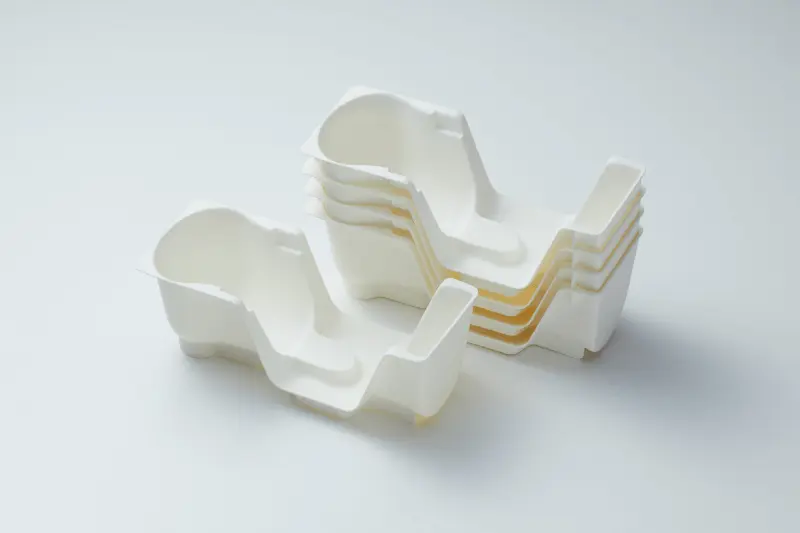
Material
Pulp-Injection pellet consist of mainly pulp, starch and small amount of water.
Thanks to the high pulp content (> 50%), the products are classified as non-corrugated fiberboard with PAP 21 recycling code and recyclable in existing paper recycling system.
-

Pulp -
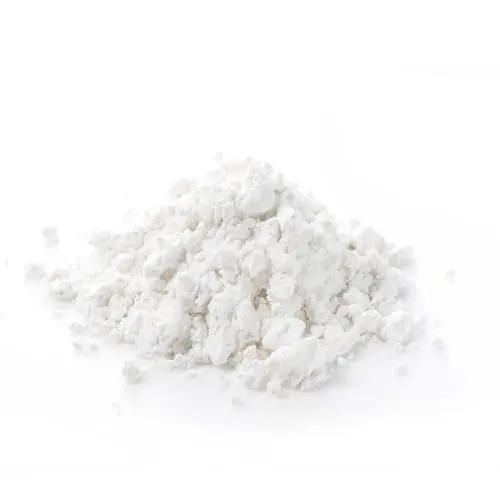
Starch -
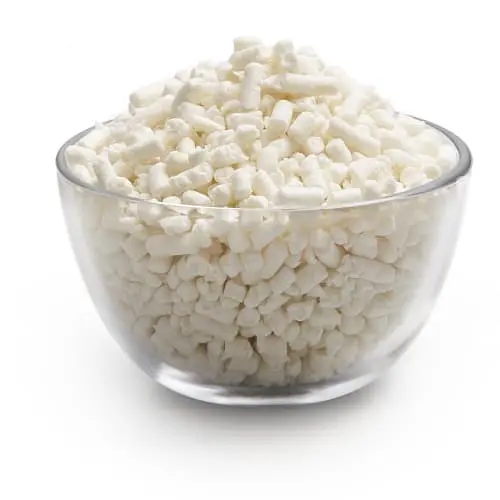
Pulp-Injection Material
Process
Pulp-Injection production process is not ‘Thermoforming’ but ‘Injection molding’. The combination of unique material composition and our process know-how makes unique product shape and properties.
-
- Material preparation
- Pulp-Injection pellet is moisturized to be injectable into a mold.
-
- Injection molding
- The material is injected into a mold and formed.
-
- Drying in mold cavities
- The water content is vaporized in the cavity.
-
- Post trimming
- Unnecessary part is trimmed out.
| Material preparation | Injection molding |
|---|---|

|

|
| Drying in mold | Trimming & Deflashing |

|

|
Process video
Recyclability and Bio-based content
-
Pulp-Injection is classified as ‘Non-corrugated fiberboard(paperboard)’ with PAP 21 recycling code in Europe.
The products are disintegrated well in repulping process and are recyclable in a common paper recycling system according to the test results following PTS-RH 021:2012. -
The biomass content level is 90%.
Biomass mark (90%) No.230137 certified by Japan Organics Recycling Association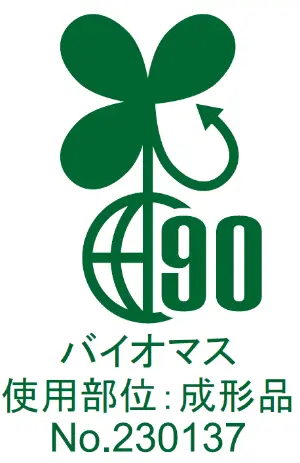
Specifications
| Max. parts size(mm) | 300 × 300 × 50 | Parts thickness(mm) | 0.6 〜 1.0 |
|---|---|---|---|
| Minimum radius(mm) | 0.5 | Typical annual production volume(pcs) | 200,000 〜 |
Pulp-Injection properties in comparison to industrial-grade plastic
| Teststandard | Industrial plastics |  Pulp-Injection |
||
|---|---|---|---|---|
| Polystyyrene (PS) |
Polypropylene (PP) |
|||
| Specific gravity | 1.05 | 0.9 | 0.85 | |
| Impact strength(Mpa) | JIS K 7161 | 6 | 6.6 | 11.5 |
| Tensile strength(%) | JIS K 7161 | 28 | 19 | 29 |
| Strentchability(Mpa) | JIS K 7171 | 40 | 80 | 8.5 |
| Bendingstrength(Mpa) | JIS K 7171 | 47 | 33 | 24.5 |
| Bending elasticity(Kj/m2) | JIS K 7110 | 2,500 | 1,200 | 2,900 |
| JIS: Japanese Industrial Standards | ||||
Application examples
-
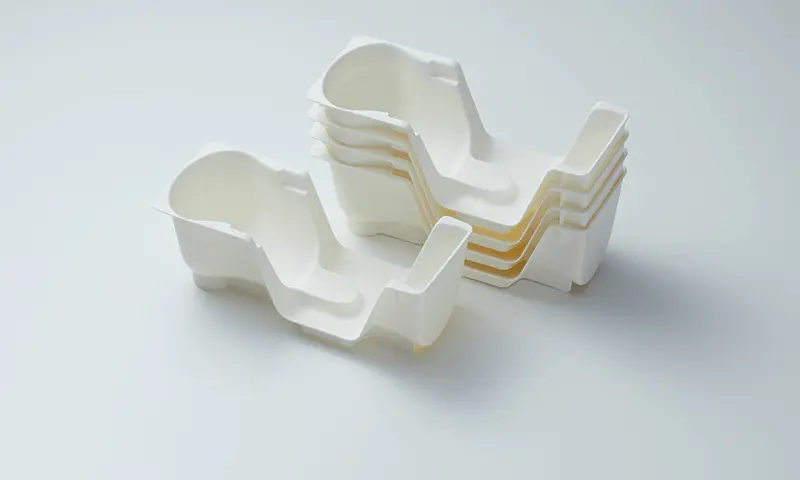
Pharmaceutical
Self injector tray -
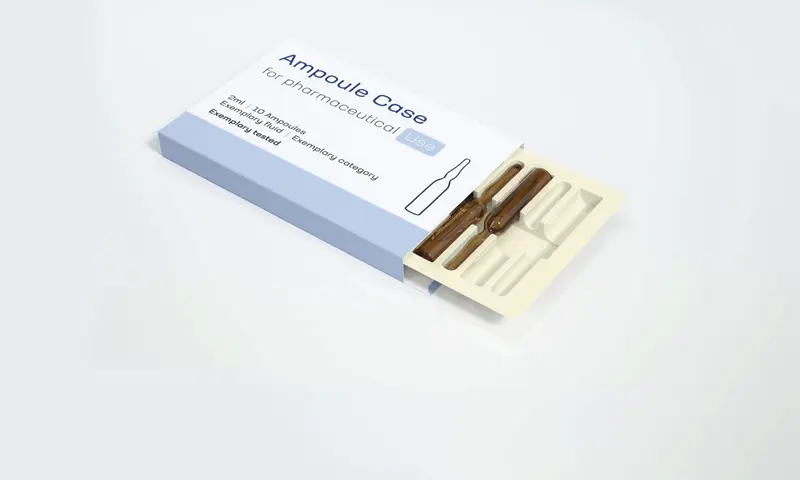
Ampoule tray -
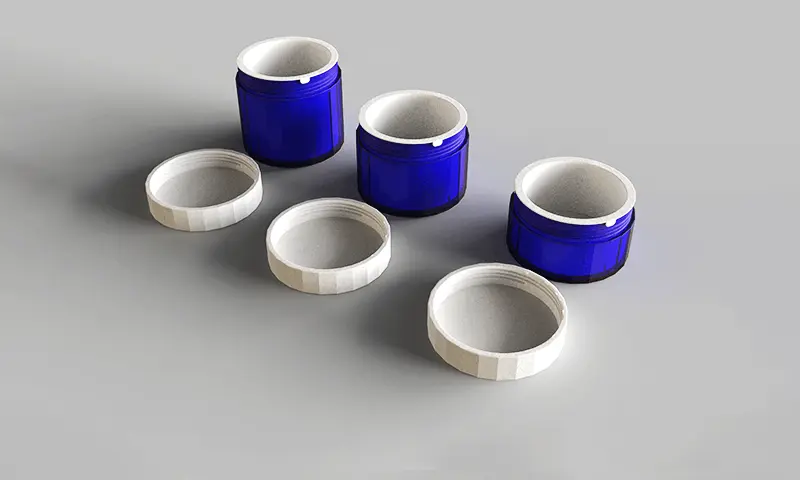
Cap and Closure *Under development
-
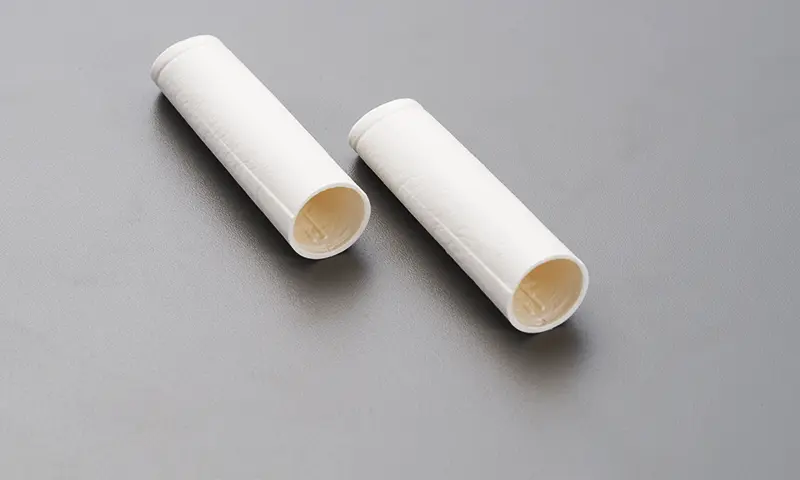
Cap and components *Prototype available
-
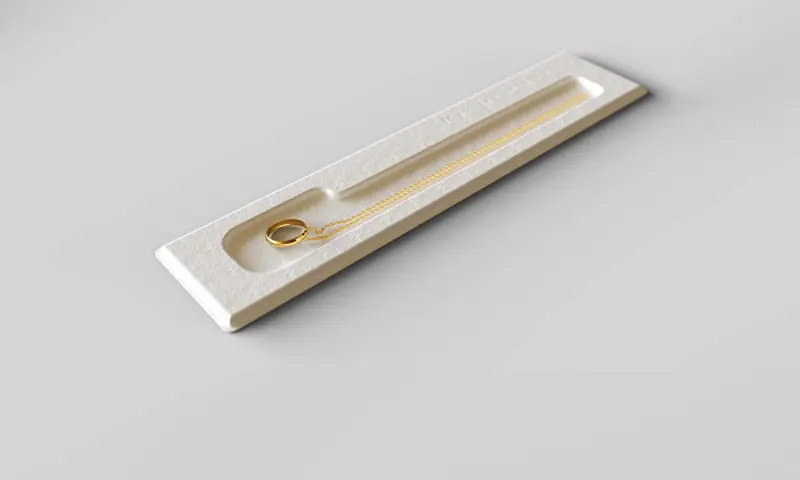
Trays -

Refill cup *Under development
All products are custom-designed. Our sales team are happy to discuss with you about specific design requirements, quantity and sustainability challenges.


